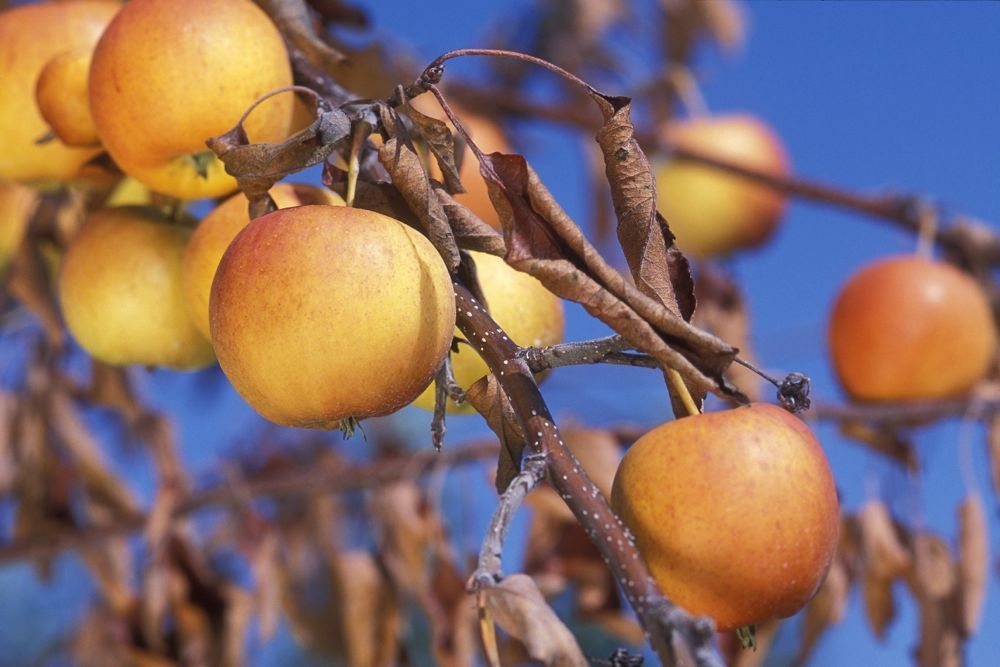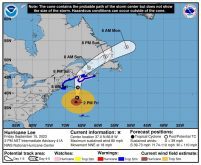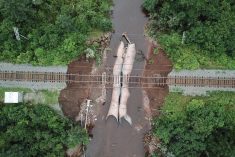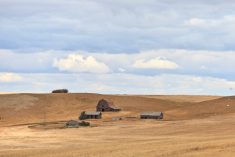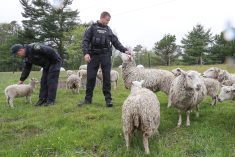The federal and Nova Scotia provincial governments will put up AgriRecovery funding for tree fruit growers dealing with fire blight, and maple syrup producers dealing with snow damage.
The two governments on Tuesday announced separate AgriRecovery programs, budgeted at up to $2.69 million for fruit growers and up to $950,000 for maple syrup producers.
The Fire Blight Initiative is expected to help tree fruit growers with an “industry-led strategy” to bring fire blight under control and leave the least potential for future damage.
Post-tropical storm Arthur caused significant damage to the province’s apple and pear orchards in 2014, leading to a provincewide outbreak of fire blight affecting 95 per cent of orchards, the governments said.
Read Also
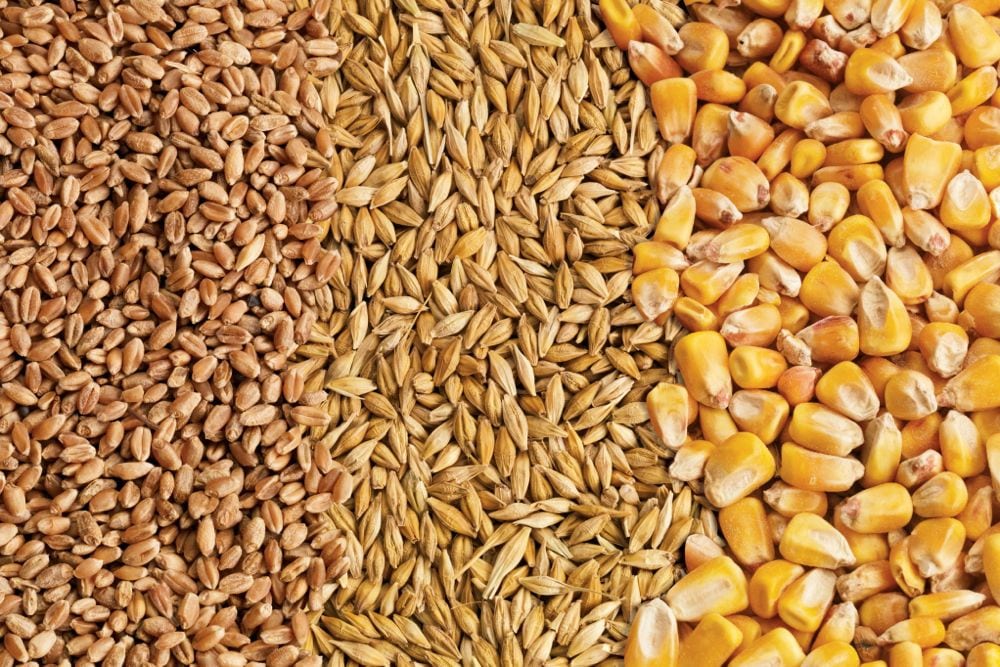
Feed Grain Weekly: Prices starting to pick up
Prices for feed grain are “grinding higher” said Evan Peterson, trader with JGL Commodities in Saskatoon.
Fire blight affects mainly apple and pear trees, damaging or killing blossoms and/or damaging fruit. If not properly managed, the governments said, the bacterial disease can cause “significant damage and loss” for producers.
“This will help the Nova Scotia apple industry reinvest money to continue to produce high-value fruit and capitalize on the strong export market the industry has developed,” Andrew Parker, president of the Nova Scotia Fruit Growers Association, said in Tuesday’s release.
The governments estimate the Nova Scotia tree fruit industry’s farm cash receipts at nearly $16 million per year.
The Canada-Nova Scotia Maple Sector Initiative, meanwhile, is expected to help maple syrup producers with the recovery costs to re-establish sap collection systems damaged by excessive snowfall during the winter of 2015.
The excessive snow led to “significant damage and severe setbacks” for syrup producers, the governments said, as about 40 per cent of farmed maple trees couldn’t be tapped. Lines and taps were buried in snow and producers couldn’t access their trees.
“This funding will help our maple producers get back on their feet so they can look forward to a good production this spring and in the years to come,” said Drew Hunter, president of the Maple Producers Association of Nova Scotia, in the government’s release.
More information on both AgriRecovery programs is expected to be available “in the coming days” at AgPal.ca and through the provincial ag department.
The disaster recovery portion of the Growing Forward 2 federal/provincial ag policy funding framework, AgriRecovery is meant to respond to unforeseen disasters that result in “extraordinary” costs for producers.
AgriRecovery is also meant to respond in situations where producers don’t have the capacity to cover the extraordinary costs, even with assistance available under programs such as AgriStability, AgriInvest or AgriInsurance. — AGCanada.com Network

